13 Jan New name. New Purpose. New Technology.
Fluence Bioengineering.
New name. New Purpose. New Technology.
When Randy Johnson and I launched BML Horticulture in 2013, our mission was predicated on building an unprecedented toolkit for horticulture photobiology applications. At the time (and essentially still today), lighting systems for commercial horticulture and photobiology research were insufficient scientifically, economically and environmentally.
So we created an implementation that would provide the world’s leading research institutions and commercial agriculture producers with the exact spectral power distribution and photosynthetic photon flux density (PPFD) to match their needs.
Thing is, no one knows what the optimal spectral composition and/or PPFD is for any plant species. The leading research we as humans collectively base most of our knowledge on is from decades-old studies that are inconclusive due to the reasons mentioned above (insufficient lighting technology).
But that is changing. We are on the forefront of an amazing time where scientists now have the technology to control what we have previously only observed down to the wavelength nanometer. Our collective understanding of photobiology is advancing at a rapid pace.
Yet we still have a lot of unanswered questions – as well as questions we are just now beginning to ask.
And that is why we are transforming from BML Horticulture, a company predicated on building a light, to Fluence Bioengineering, a company predicated on research and evidence-based product development. We are increasing our collaboration with third-party research institutions and making serious investments in our studies. We are doing this so that every product we design is fundamental and every product we manufacture continues to be built in Austin, TX.
Today marks the introduction of a new company and our new product portfolio. I am honestly not sure what I am most excited about: our re-designed SPYDR, all-new VYPR, or PhysioSpec™; a revolutionary spectrum for horticulture cultivation.
SPYDR is changing the way we cultivate indoors. Vertical farming is no longer limited to leafy greens and low-DLI crops. With SPYDRx PLUS, we deliver enough PPFD (average of 909 μmol/m2/s) over a 4’x4’ canopy to provide the light intensity needed for even the most light-loving crops like cannabis, tomatoes and peppers. Producers can now turn 1,000 square feet of grow room into 3,000, 4,000, or more square feet of crop production by growing vertical. With a profile thickness of roughly 4 ½ inches and a mounting height just 6” from the top of the canopy, the SPYDRx family is purposefully designed for vertical farming from veg to bloom. You can learn more at (www.fluence-led.com/spydr).
VYPR is changing the way we cultivate in greenhouses and indoors. It was incepted to provide a viable alternative to legacy lighting systems like high pressure sodium (HPS) that are producing a large shadow over the greenhouse cultivation industry (figuratively and literally). With an electrical efficiency of 2.02 μmol/J (16% greater than the most efficient 1000W DE HPS system), a 2.75” wide form-factor for virtually shadow-less deployment in a greenhouse, and with a photosynthetic photon flux (PPF) output up to 1080 μmol/s, we are on a path toward sustainably extending our photoperiod, extending our season and extending the possibilities for greenhouse crop production. And yes, VYPR is just as effective indoors as it is in a greenhouse. You can learn more at (www.fluence-led.com/vypr).
And PhysioSpec™ is changing everything. Every nanometer of PhysioSpec (all 418 of them) was designed to target a wide range of physiological photoreceptors to enable photosynthetic and photomorphogenic responses. The result is a spectrum that emits a much more natural spectrum experienced in nature, provides better canopy penetration, targets xanthophyll carotenoid pigments and promotes anthocyanin accumulation in plant tissue. It is also a beautiful research and work light with a typical color rendering index (CRI) of 85. PhysioSpec comes in two similar, yet customized, spectra depending on your growth environment: Indoor or Greenhouse. You can learn more at (www.fluence-led.com/physiospec).
This is only the beginning of a journey I hope to share with many of you. I will be posting regular updates, so please subscribe to our newsletter or blog feed for the latest information. Leave a comment below if there is a question or topic you would like to discuss or learn more about.
– Nick
Nick Klase is the co-founder and CEO of Fluence Bioengineering. His views do not necessarily reflect those of the company (there’s just a high probability they do).



